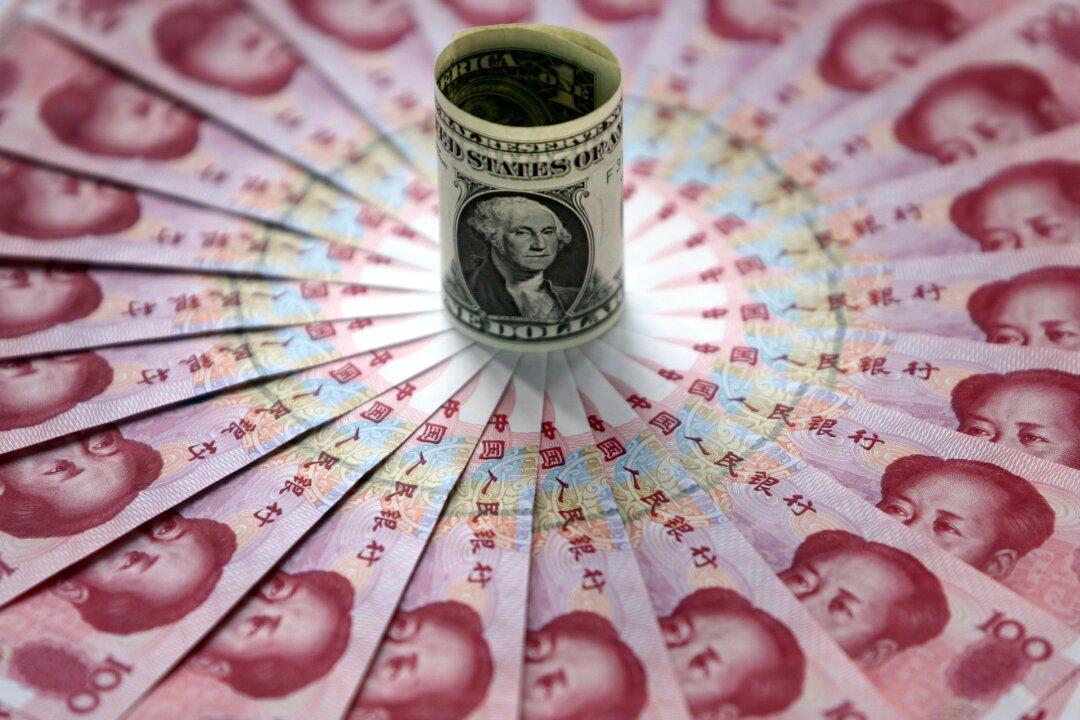Commentary
It seems like a long time ago now, but last month, just before the dawning of the P.C. (pre-coronavirus) era in the United States, President Donald Trump announced that he no longer considered China a currency manipulator.


It seems like a long time ago now, but last month, just before the dawning of the P.C. (pre-coronavirus) era in the United States, President Donald Trump announced that he no longer considered China a currency manipulator.